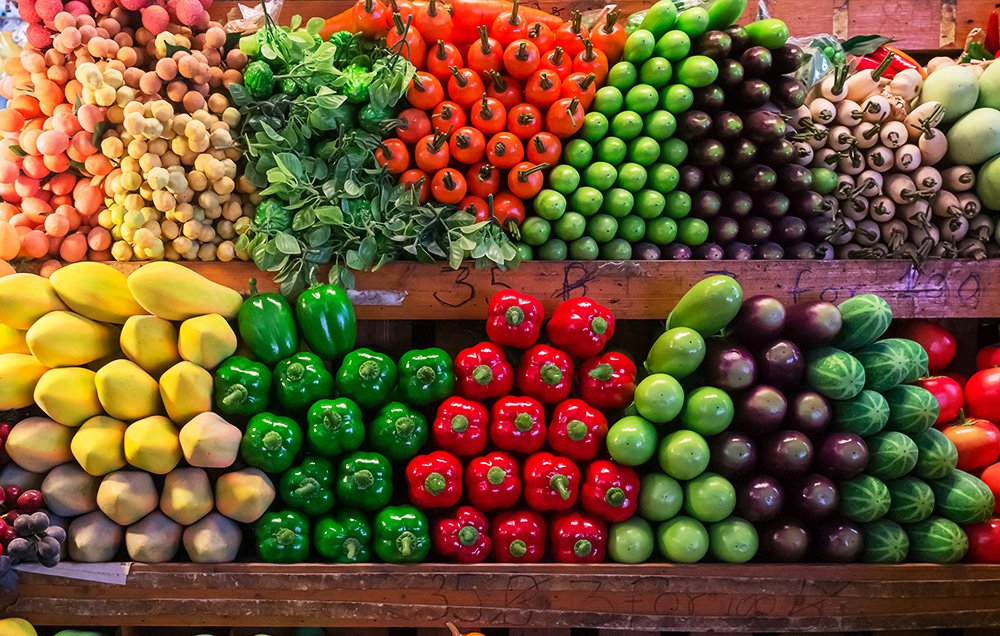- An Alliance For Community Action
- (970) 256-7650
- info@WesternColoradoAlliance.org
Farm bill impacts more than farmers
The 2018 Farm Bill – which is currently being debated by the US Congress – is much more than an agricultural aid package. In fact, it influences you every day. Policies in the farm bill help determine what type of food is available to you, how much it costs, and the tools available to your community to protect farm and ranch land and promote renewable energy and energy efficiency.
Farm bill policy can help ensure fair markets and prices for family farmers and ranchers, and provide nutrition assistance to hungry families and schoolchildren. This package of federal legislation is revisited and enacted every five years to set the general direction for America’s farm and food policy.
As part of the Western Organization of Resource Councils (WORC), our Alliance urges Congress to pass a farm bill before the current bill expires on September 30, 2018, that prioritizes and incorporates the following concepts and policies that are detailed in WORC’s Farm Bill platform:
- Invest in local and regional food systems
- Restore fair & competitive markets
- Protect healthy families
- Fair access to credit and crop insurance
- Protect conservation funding
- Reinvest in research for the public good
House version of the farm bill
After failing in May, a second attempt to pass the very partisan H.R. 2 was successful in a close 213-211 vote in June. 191 Democrats and 20 Republicans voted against the bill. All Democrats in WORC’s member states opposed the bill, while all Republicans supported the bill.
Senate version of the farm bill
The Senate passed its own version of the 2018 farm bill by a 86-11 vote, with great bi-partisan support, setting up a conference with the House this summer. Disagreements in conference negotiations are likely to be over conservation programs, environmental protections in national forests and low-income nutrition assistance (SNAP).
Read more about the WORC farm bill platform and how it might impact your community by visiting our Local Foods & Agriculture page.


